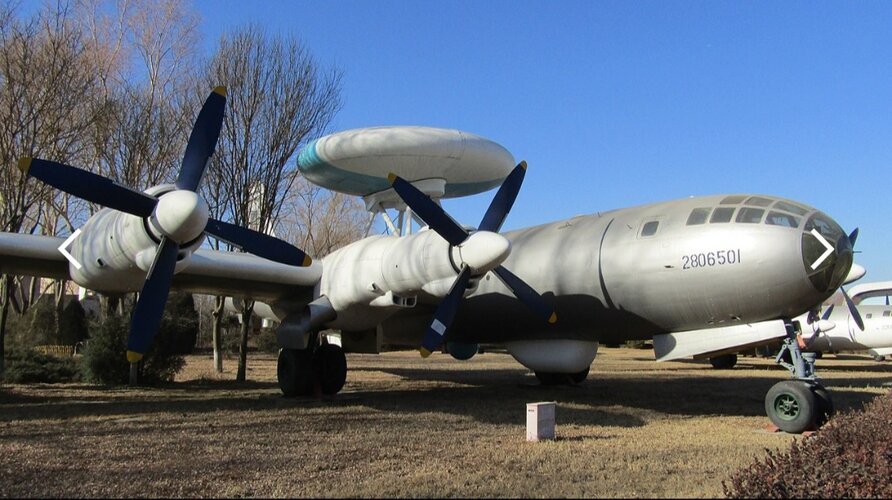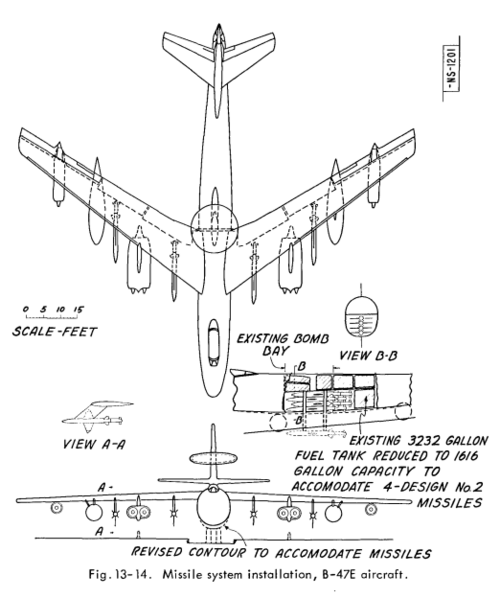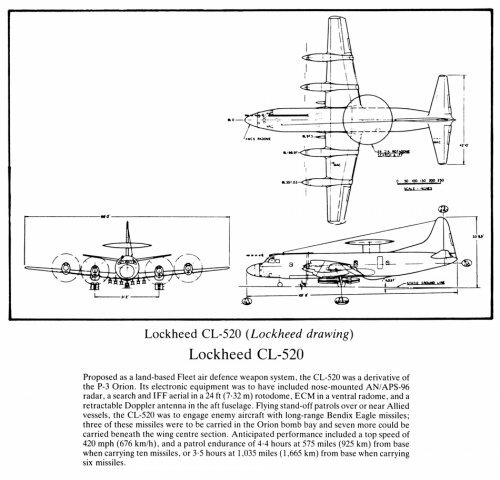Thank you for the kind thoughts
What are your thoughts on soviet GCI esp the one deployed to assist PVO rather than VVS aircraft?
As for Soviet CGI doctrine, it took me a while to get my head around the Western 'publicised' rigidity of it. Again, it was a case of me understanding the split between PVO and VVS organisations and structure, as well as filtering out Western propaganda 'of Soviet technological backwardness'.
Also on top of this is the often neglected fact that although the Soviets appeared to be spending endless amounts of money, manpower and resources on it's military machine, the Soviets Post-WWII economy, unlike that of the U.S., was really hurting. So I came to the conclusion that GCI was undoubtedly seen as the most cost effective doctrine of defence....
I guess the reality was that the Soviet Unions geographical land/aerospace mass, combined with some of the harshest conditions and encompassing the fact that the U.S. had succeeded in it's strategy of surrounding and hence threatening the Soviet Union on 3/4 of the compass, I think the PVO not just had it's work cut out for it. I'm sure it must have strategised and evaluated what worked best.
That why I'm thinking that more resources put into specialised AEW/AWACS would not just be greatly effective against the U.S. and British change from high-altitude to low-altitude penatration, one would think that time and money would be saved in actual PVO flight time for the sake of patrolling, when a AEW/AWACS could be on station for hours, looking much further and scrambling and vectoring interceptors when a threat/target is detected. By also not relying on ground based radars and communications, the greater employment of AEW/AWACS aircraft would potentially take away the predictability of set ground-based radars, by which the U.S./British/French bombers/strike aircraft could plot around during their attack.
[After all, taking the follow claim with a dose of salt, "according to Chinese government claims, a single KJ-1 [KJ-1 AEWC] [modified Tupolev Tu-4 Bull, equipped with turboprop engines and pylon-mounted radar dish, to act as AEW] would have functions equivalent to more than 40 ground radar stations.]
Another thought might be the Soviets considering their own take on a long-range, stand-off interceptor - a 'Missileer' aircraft, something akin to the US's Project 'LAMP LIGHT' (1954) - a modified Boeing B-47E with eight long-range AAM's and over-fuselage radome and Project ‘AERIE’ (1957) - a modified Boeing C-135A acting as a self contained weapons platform, equipped with a powerful air-search radar, its own airborne command centre and armed with no less than twenty four AAM-N-10 Eagle long-range AAM`s. The AERIE's would have been ground based, would have had a 5-min. reaction time, and would have been able to operate with the Sage air defense control system or independently, remaining on station for as long as 11 hrs. Then there was the Lockheed's CL-520, equipped with it's own powerful nose-mounted fire control radar, a powerful and far reaching pylon-mounted search and IFF rotodome, and a powerful doppler radar, matted to a load out of 6-8 long-range AAM's. Or British equivalent of a Avro Vulcan B2 airframe equipped with a powerful search radar and armed with ten air-launched Seadart missiles.
Appreciating that Tupolev Design Bureau
had studied interceptor derivatives of their Tu-22M (DP-1), Tu-144 (DP-2) and Tu-160. bomber designs.
I'm envisaging modified derivatives of the likes of Tupolev Tu-126, Tu-16 (or Tu-104) equipped initially with the RP-SM Smerch-M or RP-11 Oriol-D radar in their noses and armed with semi-active radar homing and infrared R-4 or K-8 air to air missiles.....
And just like the U.S./British studies had concluded, these strategic interceptors would for all intent and purposes be self contained weapons platform, equipped with a powerful air-search radar, its own airborne command centre and armed with an arsenal of long-range AAM`s, loitering on endlessly patrolling the aerospace of the Soviet Union (limited only by its crews endurance and stamina) intercepting any threatening U.S/British/French/Chinese strategic bombers.....
Finally, as per Soviet doctrine, nothing goes to waste, so how about converting the likes of obsolete PVO Sukhoi Su-9, Su-11's and Tu-128's into offensive drones in time of hostility?
The Su-9 and Su-11's simulating offensive fighter actions, while the size and RCS of the Tu-128 simulating offensive bomber actions into NATO and Japanese aerospace, to soke up U.S./NATO/Japanese fighters/interceptors and SAM's? I'm thinking these could use zero-length launch system or zero-length take-off system technique, so as to maximise flight fuel, free up runways and maximise the element of strategic suprise.....
Regards
Pioneer



